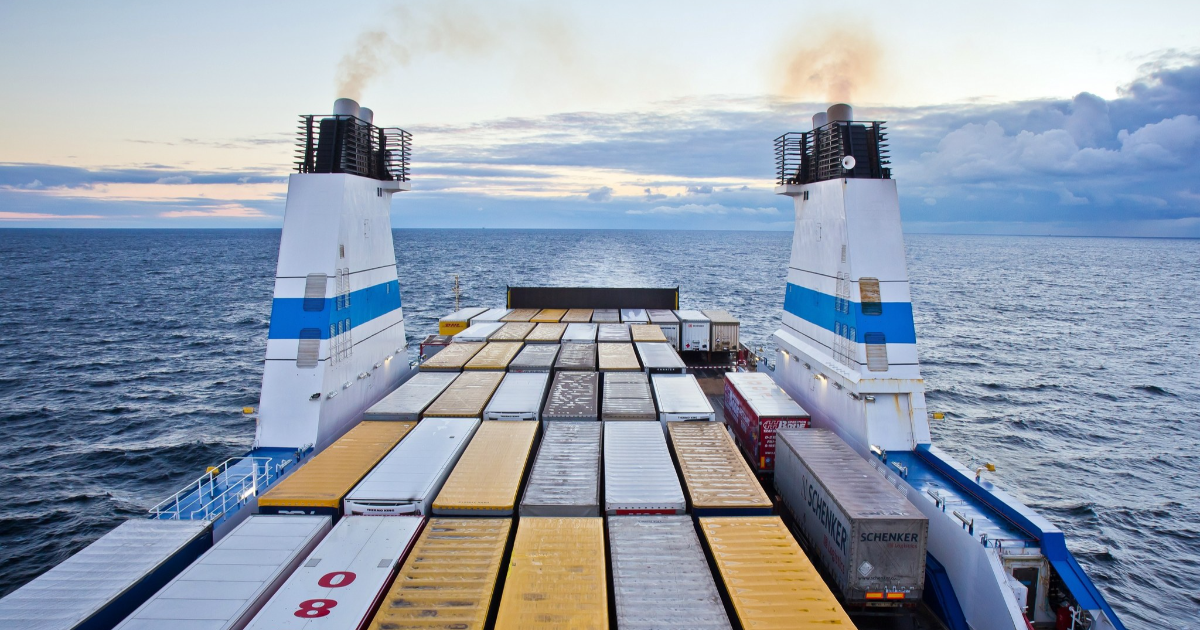New ways to reduce international shipping emissions as of 2023

The International Maritime Organisation's (IMO) Marine Environment Protection Committee's (MEPC) 76. session to be held on 10-17 June 2021 will most likely decide on a short-term measure to reduce GHG emissions in international shipping. The new regulations would enter into force at the beginning of 2023.
The IMO's goal is to reduce carbon dioxide emissions of merchant shipping per transport work, in another words, improve the carbon intensity by at least 40% by 2030. Finland is committed to this goal.
Currently, negotiations on the means to achieve this goal are underway. The key question is how much the carbon intensity should be improved in order to achieve the set goal by 2030. Of the two proposed options, Finland favours the one which would reach the set emission reduction goal with greater certainty. According to the option favoured by Finland, the carbon intensity of international shipping should still be reduced by approximately 22% between 2019 and 2030 so that it will be reduced by at least 40% between 2008 and 2030.
Finland supports the use of ship type specific reduction factors in the regulations so that the needs of scheduled, regular short sea shipping, which is important to Finland, could be taken into account. In addition, Finland has proposed that voyages of ice-strengthened vessels in ice-covered waters would not come under the scope of regulation. In this way, the carbon intensity regulations would not cause additional burden to Finland's competitiveness due to winter navigation.
According to the IMO's latest greenhouse gas emission study, the CO2 emissions of marine traffic throughout the world were approximately 1,056 million tonnes in 2018, in other words, about 3% of all the world's CO2 emissions. The survey also shows that the emissions of international shipping are expected to grow, depending on the world economy and energy markets, by 90-130% from the 2008 levels by 2050 if emissions are not reduced efficiently.
The Ministerial Committee on European Union Affairs outlined Finland's advance lobbying opportunities in a written procedure on 30 April-3 May 2021.
What next?
The short-term measure to reduce GHG emissions in international shipping will be addressed in the IMO's Marine Environment Protection Committee's 76. session on 10-17 June 2021.
The EU's joint stances for the Marine Environment Protection Committee meeting will be discussed in the EU Council's Shipping Working Party in May. It has already been agreed in the EU that such short-term emission reduction measures will be supported in IMO which will effectively reduce emissions while maintaining equal competitive conditions in the international shipping sector. Finland has regarded global shipping emission reduction solutions as a priority.
Finland takes part in regulating marine traffic emissions in the IMO and the EU as well as regionally, for example, through the Baltic Marine Environment Protection Commission HELCOM. In the coming years, IMO intends to decide on global market-based measures which aim to reduce all greenhouse gas emissions caused by international marine traffic at least by 50% by 2050 when compared to 2008 levels. The aim is to fully phase out greenhouse gas emissions in order to achieve the Paris Climate Agreement goals.
For more information, please contact:
Special Advisor Eero Hokkanen, tel. +358 50 476 0401, eero.hokkanen(at)lvm.fi, Twitter @eerohokkanen
Director of Unit Päivi Antikainen, tel. +358 50 382 7101, paivi.antikainen(at)lvm.fi, Twitter @PaiviAntikainen



